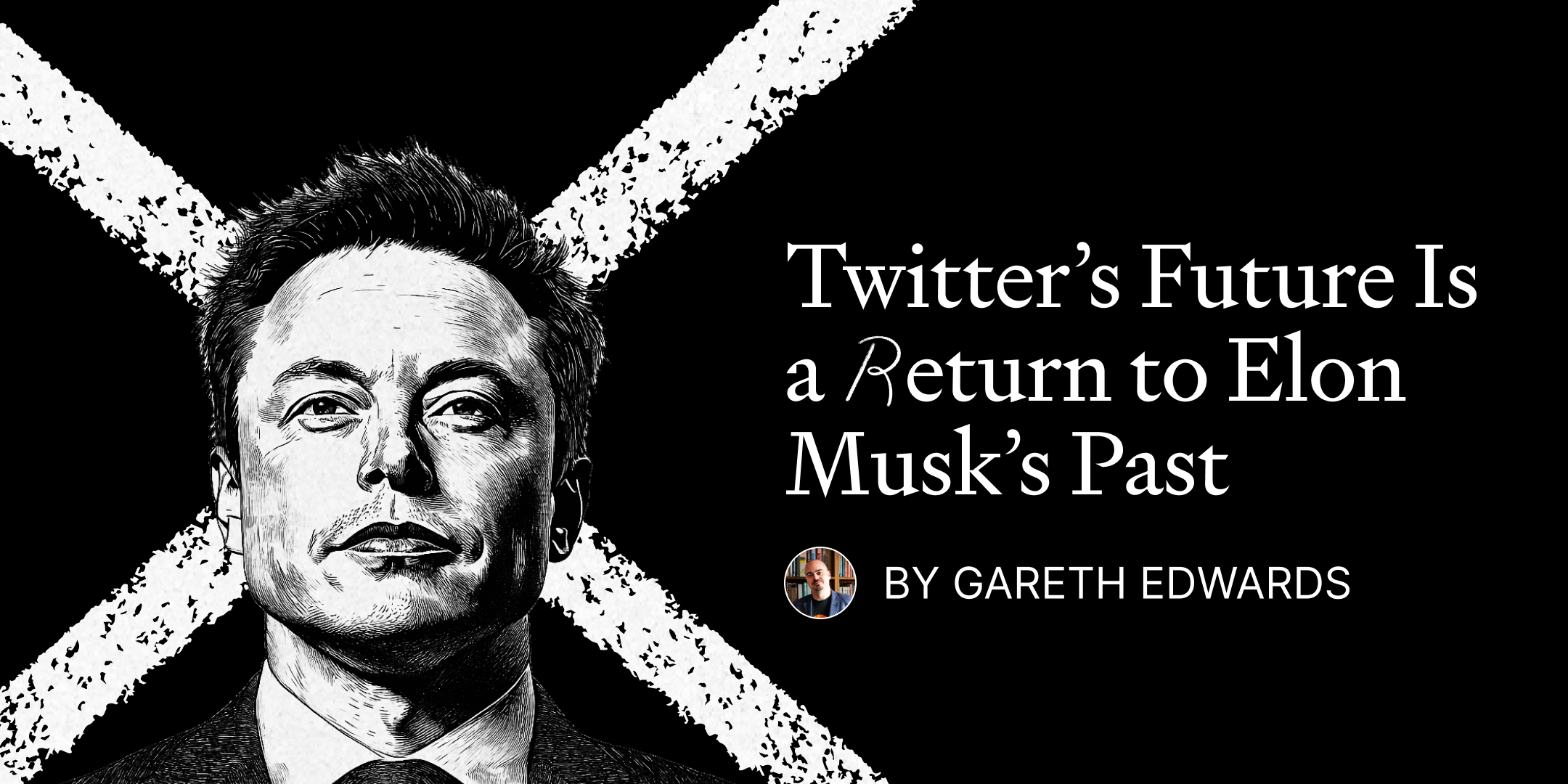Twitter’s Future Is a Return to Elon Musk’s Past

🌈 Abstract
The article explores the history of Elon Musk's first attempt to build a "global financial nexus" in the late 1990s through his company X.com, which later merged with Confinity (the company behind PayPal). It details the rise and fall of X.com, the power struggles between Musk and other executives, and how the collapse of X.com shaped Musk's approach to company control ever since. The article suggests that Musk's recent rebranding of Twitter to "X" is an attempt to revive his long-held dream of creating a one-stop-shop for finance and social media.
🙋 Q&A
[01] The Rise and Fall of X.com
1. What was Elon Musk's vision for X.com? Musk wanted to create a "global financial nexus" - a one-stop-shop for all financial services like checking/savings accounts, mortgages, stocks, loans, insurance, etc. He saw X.com as the platform to achieve this ambitious goal.
2. How did Musk's leadership style impact the development of X.com? Musk was very controlling and focused on rapid growth over regulation and verification. This led to conflicts with the financial team he had brought on, like Harris Fricker, who were more concerned about managing risk and compliance. Musk often overrode their concerns.
3. How did the rivalry between X.com and Confinity (PayPal) play out? The two companies engaged in a spending war to rapidly grow their user bases by offering financial incentives to sign up. This led to unsustainable burn rates at both companies. Ultimately, they were forced to merge, with Musk initially resisting the deal before being ousted as CEO.
[02] Musk's Ouster and the Aftermath
1. How did Musk lose control of X.com? Musk was forced out in a boardroom coup led by Peter Thiel, Max Levchin, and others who were concerned about X.com's financial troubles and Musk's disregard for regulation and risk management. They were able to secure the support of key board members like Mike Moritz to vote Musk out as CEO.
2. What was the impact of Musk's removal on X.com/PayPal? After Musk's ouster, the company refocused solely on PayPal, discontinuing X.com's other financial services. This allowed PayPal to address fraud issues and become a huge success, leading to its $1.5 billion sale to eBay in 2002. This provided a large payday for Musk as a shareholder.
3. How did the collapse of X.com shape Musk's approach to company control? The article suggests that Musk's experience of being ousted from X.com has made him determined to maintain tight control over his companies ever since, as seen in his actions at Twitter. He is now trying to revive his dream of building a "global financial nexus" through the rebranding of Twitter to "X".